Home>Interior Design>How To Unclog A Sink In Six Simple Steps
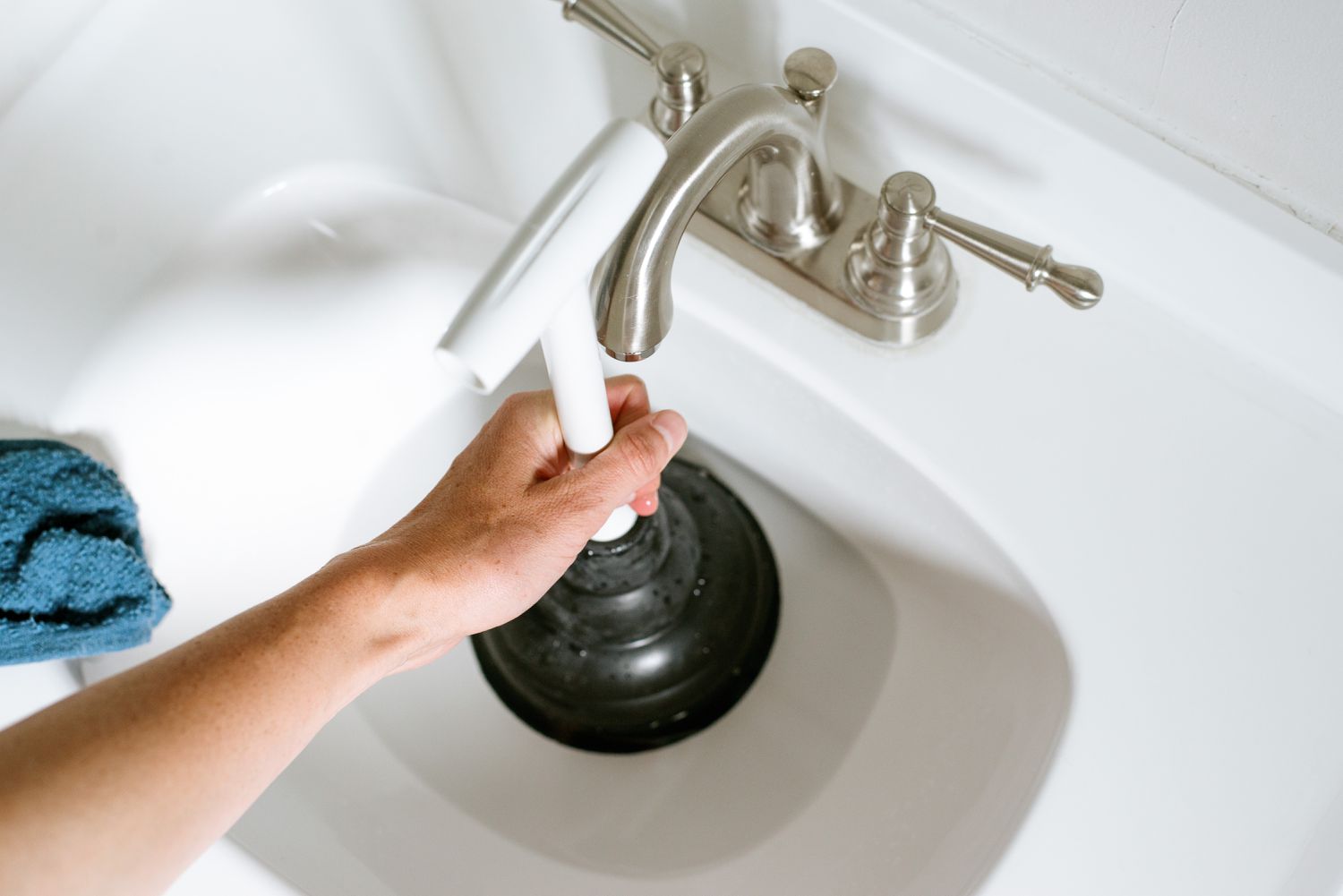

Interior Design
How To Unclog A Sink In Six Simple Steps
Modified: January 19, 2024
Learn how to unclog a sink using these six simple steps. Perfect for interior design enthusiasts looking to tackle common plumbing issues.
(Many of the links in this article redirect to a specific reviewed product. Your purchase of these products through affiliate links helps to generate commission for Storables.com, at no extra cost. Learn more)
Introduction
Having a clogged sink can be a frustrating experience, disrupting your daily routine and leaving you with a mess to deal with. Whether it’s a slow-draining sink or a completely blocked pipe, it’s important to address the issue promptly to prevent further damage and restore proper function to your sink.
In this article, we will guide you through six simple steps to unclog a sink. With the right tools and techniques, you can tackle this common household problem and save money on professional plumbing services. So, let’s dive in and get your sink back to its free-flowing glory!
Key Takeaways:
- Easily unclog your sink using simple household tools and natural remedies, saving money on professional plumbing services. Follow the six steps for a hassle-free experience and a smoothly running sink.
- Take proactive measures to prevent future clogs by practicing routine maintenance and proper sink use. Keep your drains clear and avoid pouring grease, oil, or food scraps down the drain.
Step 1: Gather necessary tools
Before you start the process of unclogging your sink, you’ll need to gather a few essential tools. Having these items on hand will help make the task easier and more efficient. Here are the tools you’ll need:
- Plunger: A plunger with a flat, rubber suction cup is a must-have for any clog-clearing job. Make sure you have a plunger specifically designed for sinks.
- Bucket: To catch any excess water or debris that might come out while unclogging the sink, it’s a good idea to have a bucket nearby.
- Plumbing snake: A plumbing snake, also known as a drain auger, is a long, flexible tool that is used to clear clogs deep within the pipes.
- Baking soda and vinegar: These common household items can work as a natural drain cleaner and help break down the clog.
- Gloves: Wearing gloves will protect your hands from any chemicals or debris you may come in contact with during the unclogging process.
- Towels or rags: Keep some towels or rags nearby to clean up any spills or messes that may occur.
Once you have gathered all the necessary tools, you’re ready to move on to the next step in the unclogging process. Remember to always exercise caution and follow safety guidelines when handling any tools or working on plumbing systems.
Step 2: Remove any obstructions from the sink surface
Before you start using any tools to unclog the sink, it’s important to remove any visible obstructions from the surface of the sink. This step will help ensure that water can flow freely and will make the unclogging process more effective.
Start by removing any dishes, utensils, or other items that may be blocking the sink. Use a pair of tongs or your hands to carefully reach into the sink and remove any large chunks of food waste, hair, or debris that you can see.
If the sink has a garbage disposal, make sure it is turned off and not running before attempting to remove any obstructions. Use a flashlight to inspect the disposal chamber and remove any objects such as bottle caps, small toys, or silverware.
Once you have cleared the sink of visible obstructions, run hot water to flush out any remaining debris. This will help loosen any smaller particles and prepare the sink for the unclogging process.
By taking the time to remove obstructions from the sink surface, you are setting the stage for a more successful unclogging experience. This step will eliminate any simple blockages that can be easily resolved without the need for further tools or interventions.
With the sink surface cleared, you can now proceed to the next step in the unclogging process. Stay tuned for step 3!
Step 3: Use a plunger to dislodge the clog
Now that you’ve cleared the sink of any visible obstructions, it’s time to use a plunger to dislodge the clog. A plunger is a simple yet effective tool that can create suction and help break up blockages in the pipes.
First, make sure there’s enough water in the sink to cover the plunger cup. If the sink is empty, add some water until it covers the cup. This water creates a seal and allows the plunger to work effectively.
Position the plunger over the drain, ensuring it covers the entire opening. Press down firmly to create a tight seal. Once the seal is created, push and pull the plunger vigorously to create a suction and pressure that will dislodge the clog.
Continue plunging for about 15-20 seconds, then quickly pull the plunger up to break the suction. Repeat this plunging motion several times, gradually increasing the intensity. The back and forth motion, coupled with the suction, should help dislodge the clog and restore the flow of water in the sink.
If the water starts to drain or if you hear a gurgling sound, it’s a sign that the clog is loosening. Keep plunging until the water flows freely down the drain.
After successfully unclogging the sink, run hot water for a few minutes to flush out any remaining debris and ensure that the pipes are clear. This will help prevent future clogs and keep your sink functioning properly.
If using a plunger doesn’t completely clear the clog, don’t worry. There are still other methods you can try. In the next step, we’ll explore a natural homemade drain cleaner to break up stubborn clogs.
Stay tuned for step 4!
To unclog a sink in six simple steps, start by using a plunger to clear the blockage. If that doesn’t work, try using a mixture of baking soda and vinegar followed by hot water. If the clog persists, remove the trap and clean it out.
Step 4: Try a natural homemade drain cleaner
If plunging doesn’t completely resolve the clog, you can try using a natural homemade drain cleaner before moving on to more advanced methods. These DIY solutions can help break down the clog without the use of harsh chemicals.
One popular and effective natural drain cleaner involves using a combination of baking soda and vinegar. Here’s how to do it:
- Start by pouring about half a cup of baking soda into the drain.
- Follow it with a cup of vinegar. As soon as the vinegar comes into contact with the baking soda, it will produce a fizzy reaction.
- Let the mixture sit in the drain for about 30 minutes, allowing it to break down the clog.
- After the 30 minutes are up, flush the drain with hot water to wash away any loosened debris.
This combination of baking soda and vinegar helps break down organic materials, such as food particles and grease, that can contribute to clogs. The fizzy reaction helps agitate the clog and loosen it from the pipes.
If the clog persists after trying this method, you can repeat the process or move on to the next step.
It’s important to note that while natural homemade drain cleaners are generally safe to use, they may not be as effective on more stubborn clogs. If you’re still experiencing a blockage, it may be time to try a more targeted approach.
In the next step, we’ll explore how to unclog the sink using a plumbing snake.
Stay tuned for step 5!
Read more: How To Unclog The Sink
Step 5: Unclog the sink using a plumbing snake
If previous methods have not successfully unclogged the sink, it’s time to bring out the heavy-duty tool: a plumbing snake, also known as a drain auger. This long, flexible tool is designed to reach deep into the pipes and dislodge stubborn clogs.
Here’s how to use a plumbing snake to unclog your sink:
- Insert the end of the snake into the drain and start feeding it slowly, turning the handle clockwise.
- Continue pushing the snake further down the drain until you feel resistance. This could be an indication that you’ve reached the clog.
- Once you’ve reached the clog, twist and maneuver the snake around to break up the blockage.
- Keep turning the handle and pushing the snake forward to ensure the entire clog is dislodged.
- Once you’ve worked through the clog, slowly retract the snake while continuing to rotate the handle. This will help bring any loosened debris with it.
- Finally, flush the drain with hot water to wash away any remaining residue.
Using a plumbing snake requires some skill and patience, so don’t be discouraged if it takes a few attempts to fully clear the clog. With practice, it becomes easier to navigate the snake through the pipes and effectively remove obstructions.
If you’re uncomfortable using a plumbing snake or if the clog persists despite your efforts, it may be time to call a professional plumber who can handle the situation with expertise.
Now that you’ve successfully unclogged the sink, it’s important to test it and clean up any mess that may have been created in the process. Let’s move on to the final step.
Stay tuned for step 6!
Step 6: Test the sink and clean up
After unclogging your sink, it’s essential to test it to ensure that the water is flowing freely and there are no remaining blockages. This step allows you to confirm that your efforts were successful and that the sink is fully operational again.
Here’s what you should do to test the sink:
- Turn on the faucet and let the water run for a few minutes. Observe the flow and make sure there are no signs of slow drainage or any unusual gurgling noises.
- Check the adjacent pipes and fixtures for any signs of leaks or dripping water. If you notice any leaks, you may need to tighten the connections or seek professional assistance.
- Make sure that the sink empties quickly and efficiently without any backup or pooling water.
- If everything appears to be in working order, congratulations! You have successfully unclogged your sink.
Once you’ve tested the sink and confirmed that it is fully functional, it’s time to clean up any mess that may have been created during the unclogging process. Here are a few cleaning steps you should take:
- Wipe down the sink surface and surrounding area with a clean cloth or paper towel to remove any leftover debris or water.
- Sanitize the sink and surrounding area by using a mild disinfectant cleaner.
- Dispose of any materials used during the unclogging process, such as gloves, towels, or rags, in a responsible manner.
By thoroughly testing the sink and cleaning up, you ensure not only the functionality of your sink but also a clean and hygienic environment.
Congratulations! You have successfully unclogged your sink using the six simple steps outlined in this article. By following these steps and using the right tools and techniques, you’ve saved yourself the hassle and expense of calling a professional plumber.
Remember, routine maintenance and proper use of your sink can help prevent future clogs. Avoid pouring grease, oil, or food scraps down the drain, and use drain screens to catch any hair or debris.
Thank you for reading, and we hope this guide has been helpful in keeping your sink running smoothly!
Conclusion
Unclogging a sink may seem like a daunting task, but with the right tools and knowledge, you can easily tackle the problem yourself. By following the six simple steps outlined in this article, you’ve learned how to unclog a sink and restore proper function to your plumbing system.
Remember, prevention is key to avoiding future clogs. Be mindful of what you pour down the sink and take proactive measures to keep your drains clear. Regular maintenance, such as using a sink strainer and periodically cleaning the pipes, can go a long way in preventing blockages.
If your sink remains stubbornly clogged despite your best efforts, it’s always a good idea to seek professional assistance. Plumbers have the expertise and specialized tools to handle more complex clogs and ensure the proper functioning of your plumbing system.
By taking the time to unclog your sink yourself, you not only save money but also gain a sense of accomplishment and empowerment. Plus, you now have the knowledge and skills to handle similar issues in the future.
We hope this comprehensive guide has provided you with valuable insights and practical tips for unclogging your sink. With a little bit of effort and the right tools, you can keep your sink free-flowing and ensure a clean and functional kitchen or bathroom.
Thank you for reading, and may you never have to face a clogged sink again!
Frequently Asked Questions about How To Unclog A Sink In Six Simple Steps
Was this page helpful?
At Storables.com, we guarantee accurate and reliable information. Our content, validated by Expert Board Contributors, is crafted following stringent Editorial Policies. We're committed to providing you with well-researched, expert-backed insights for all your informational needs.
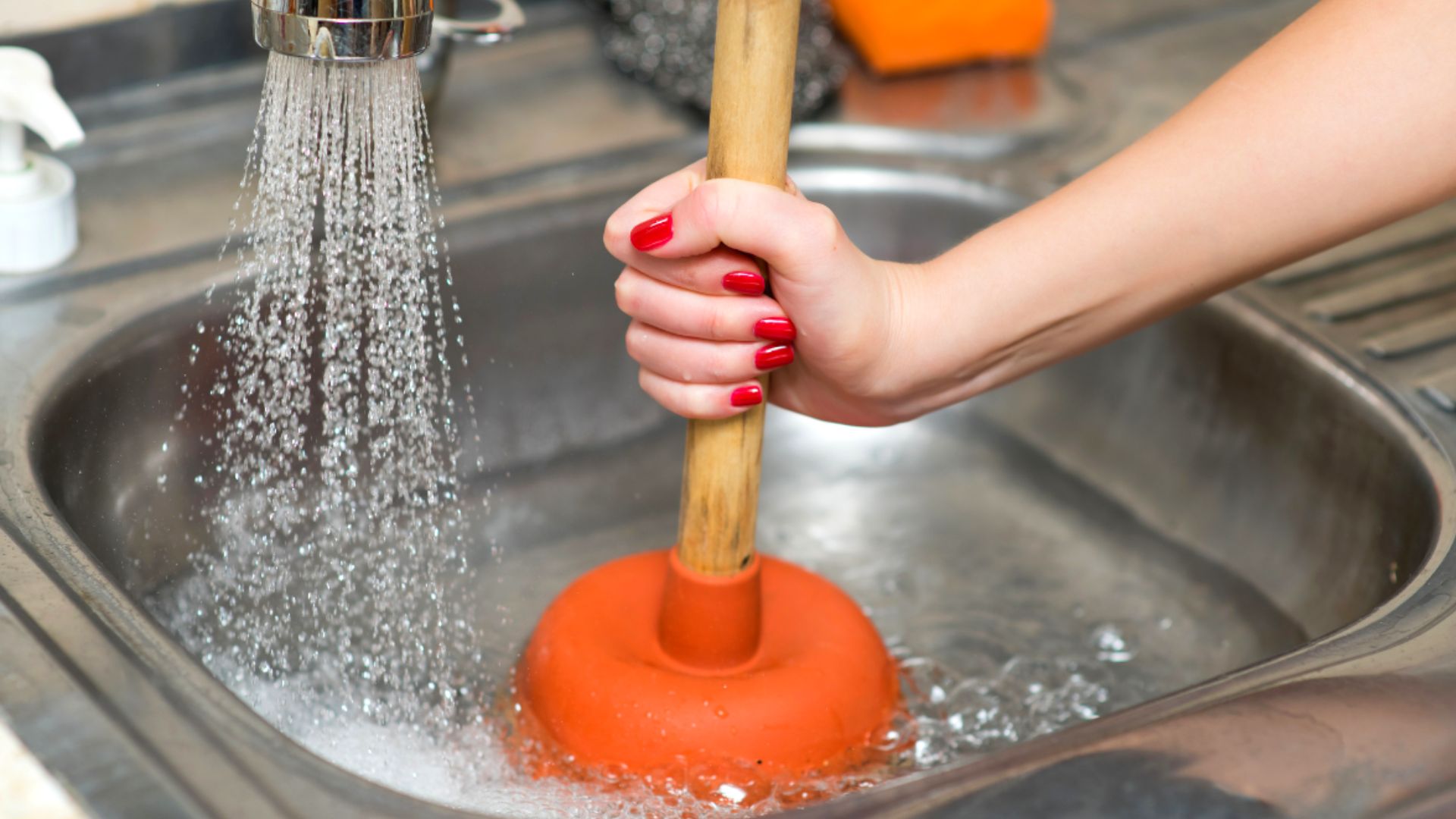
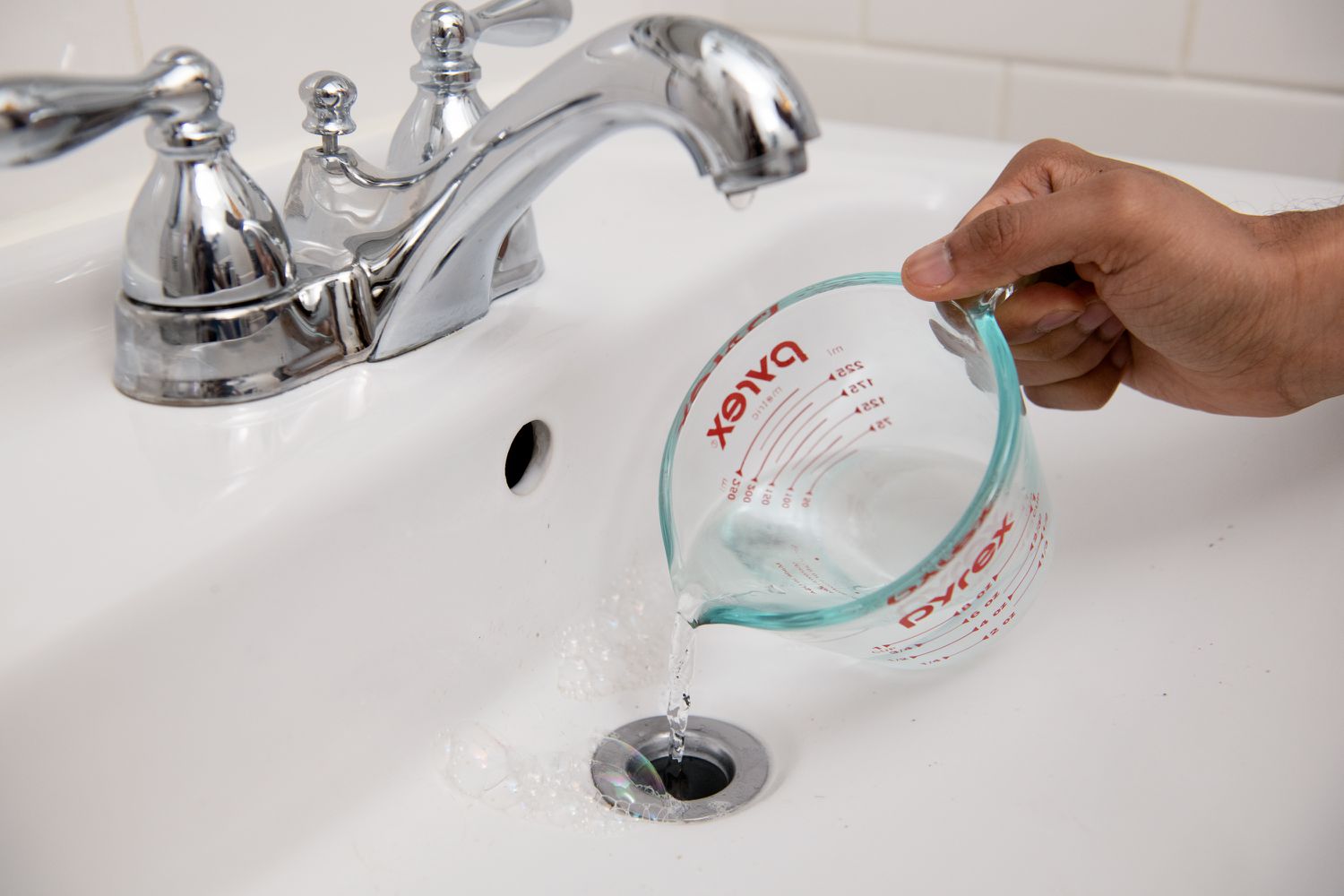

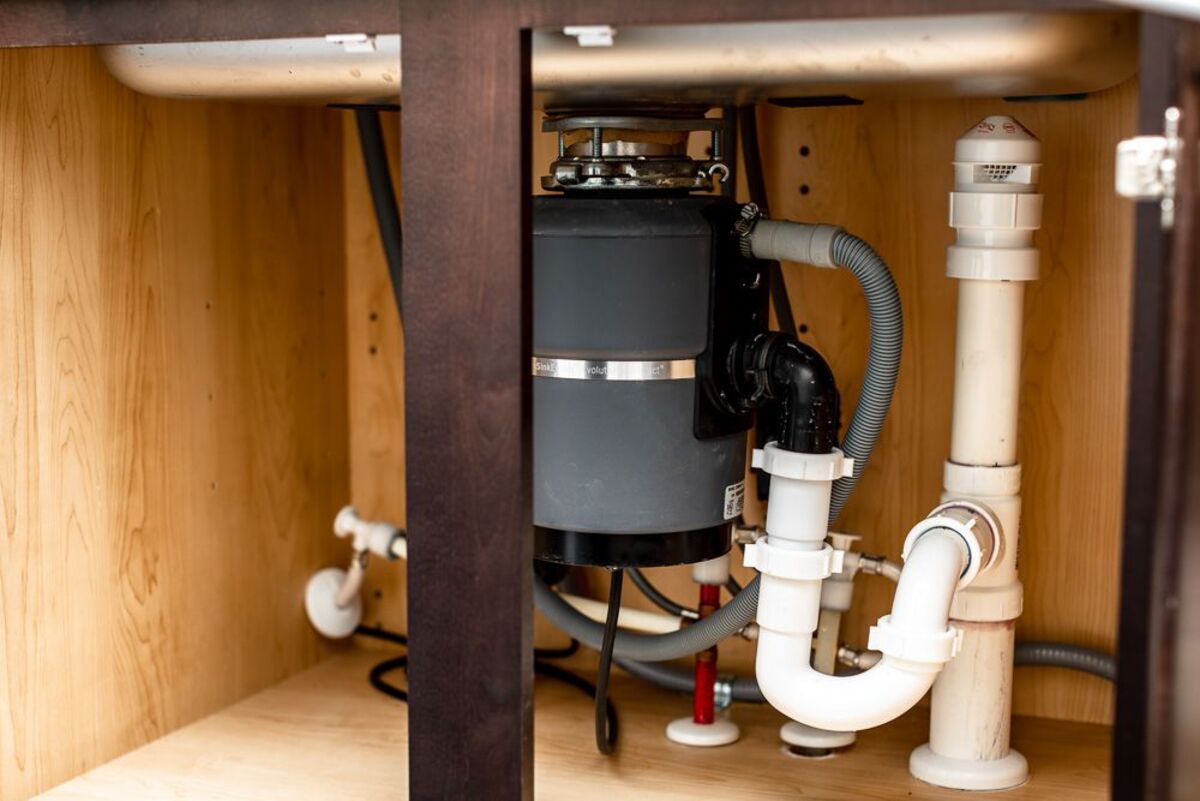
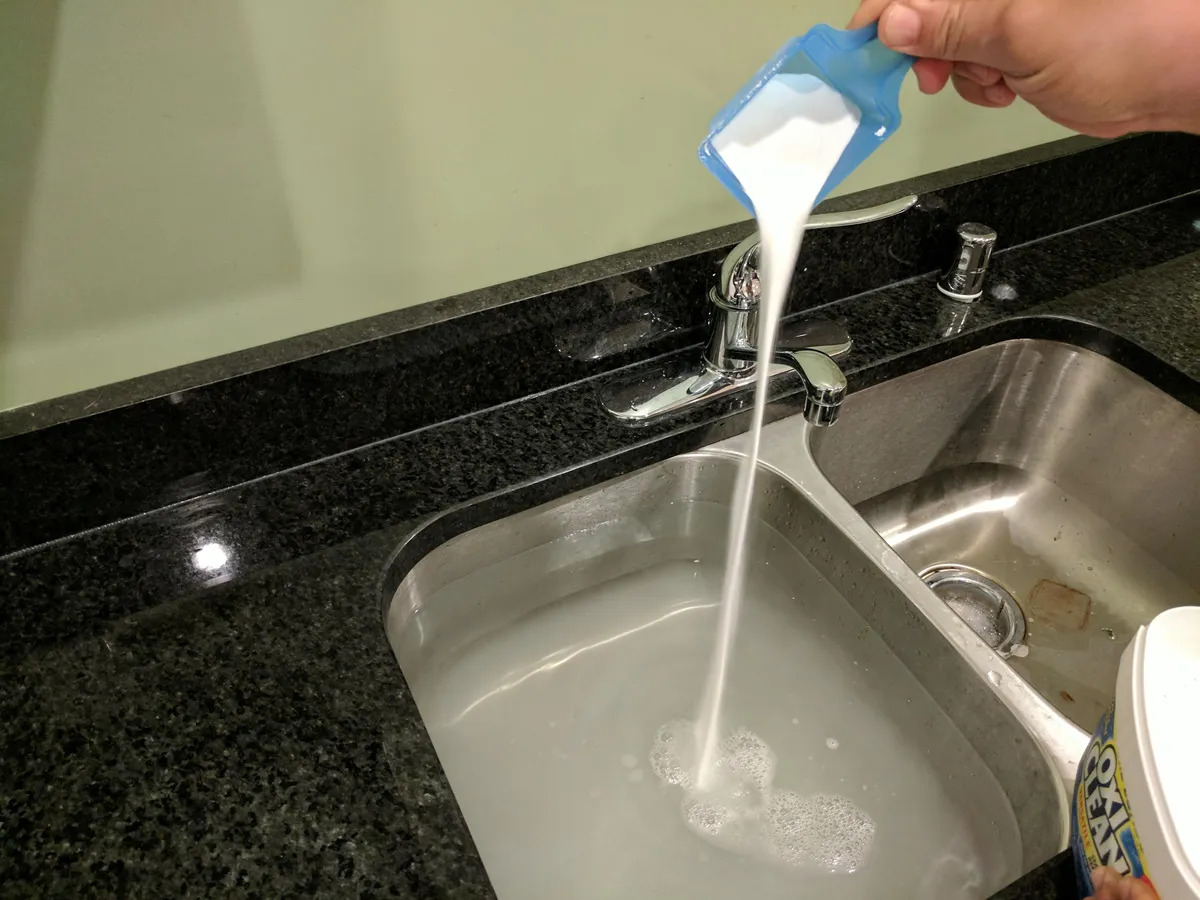
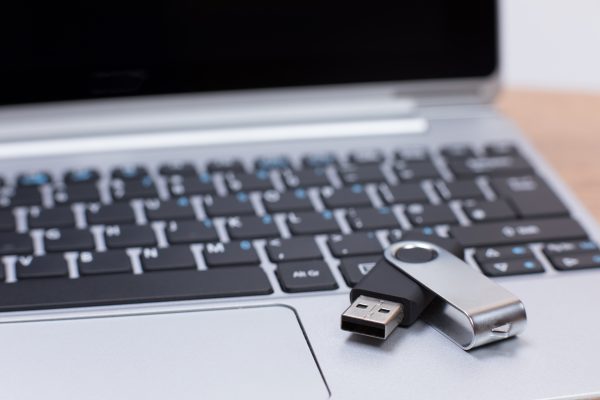
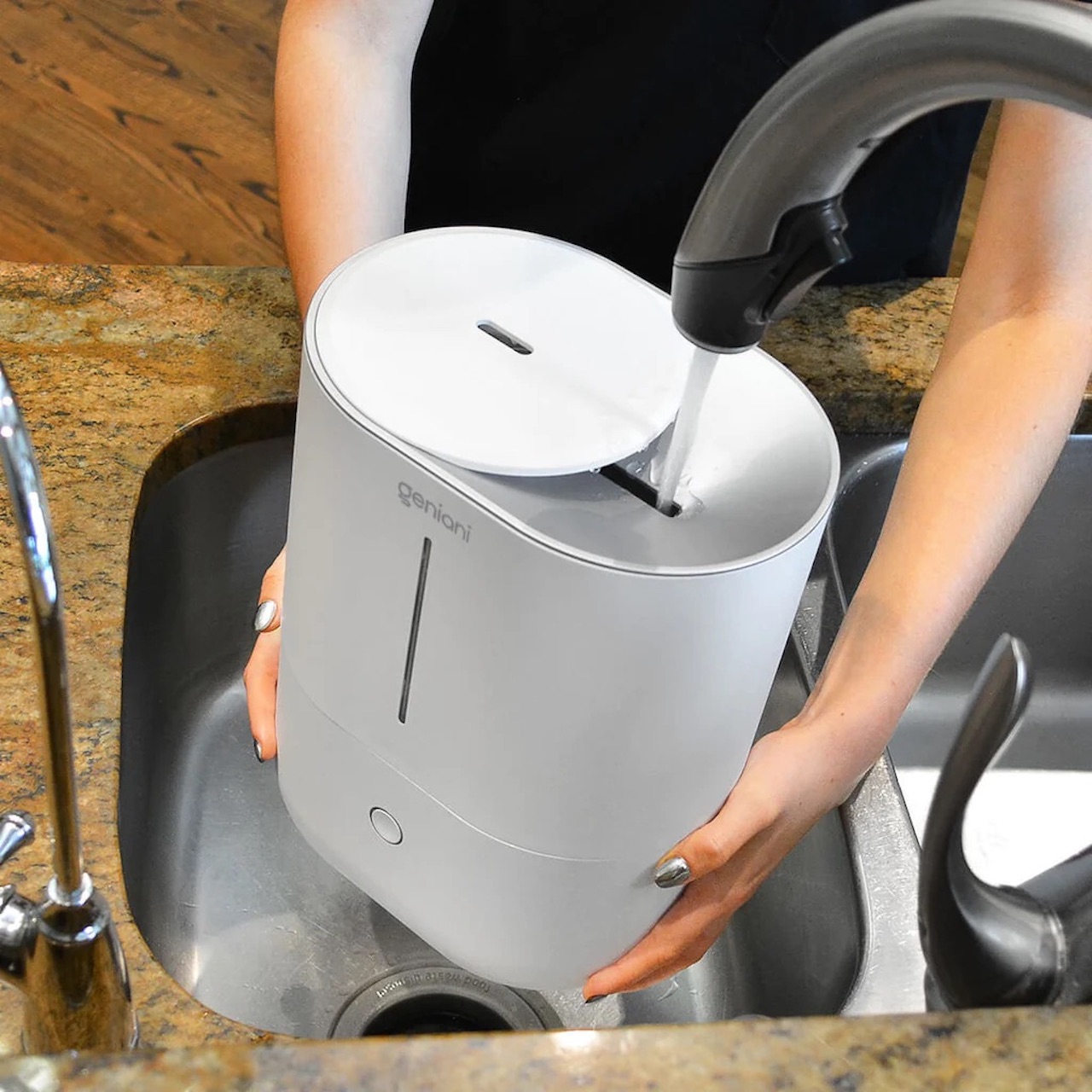
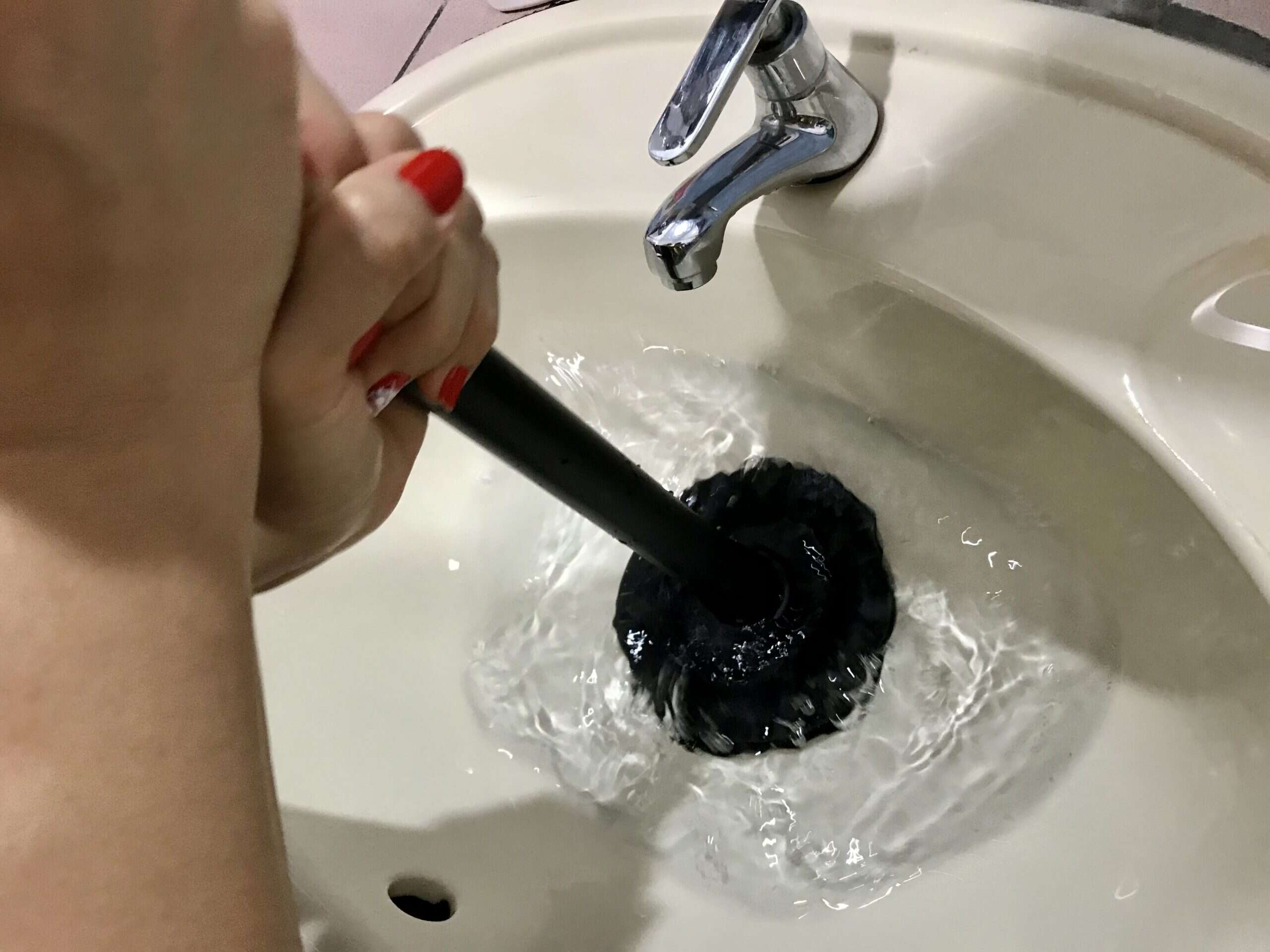
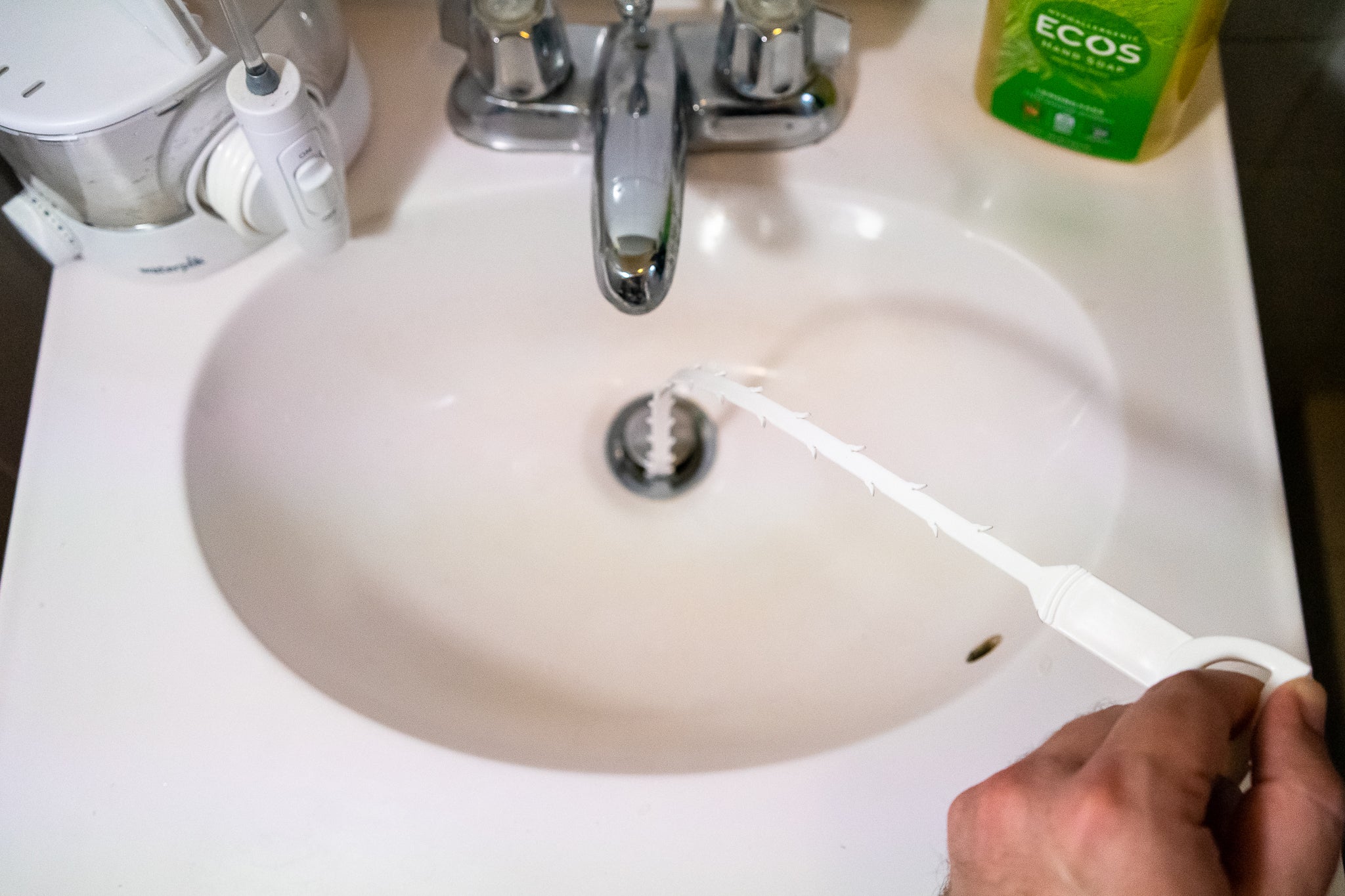
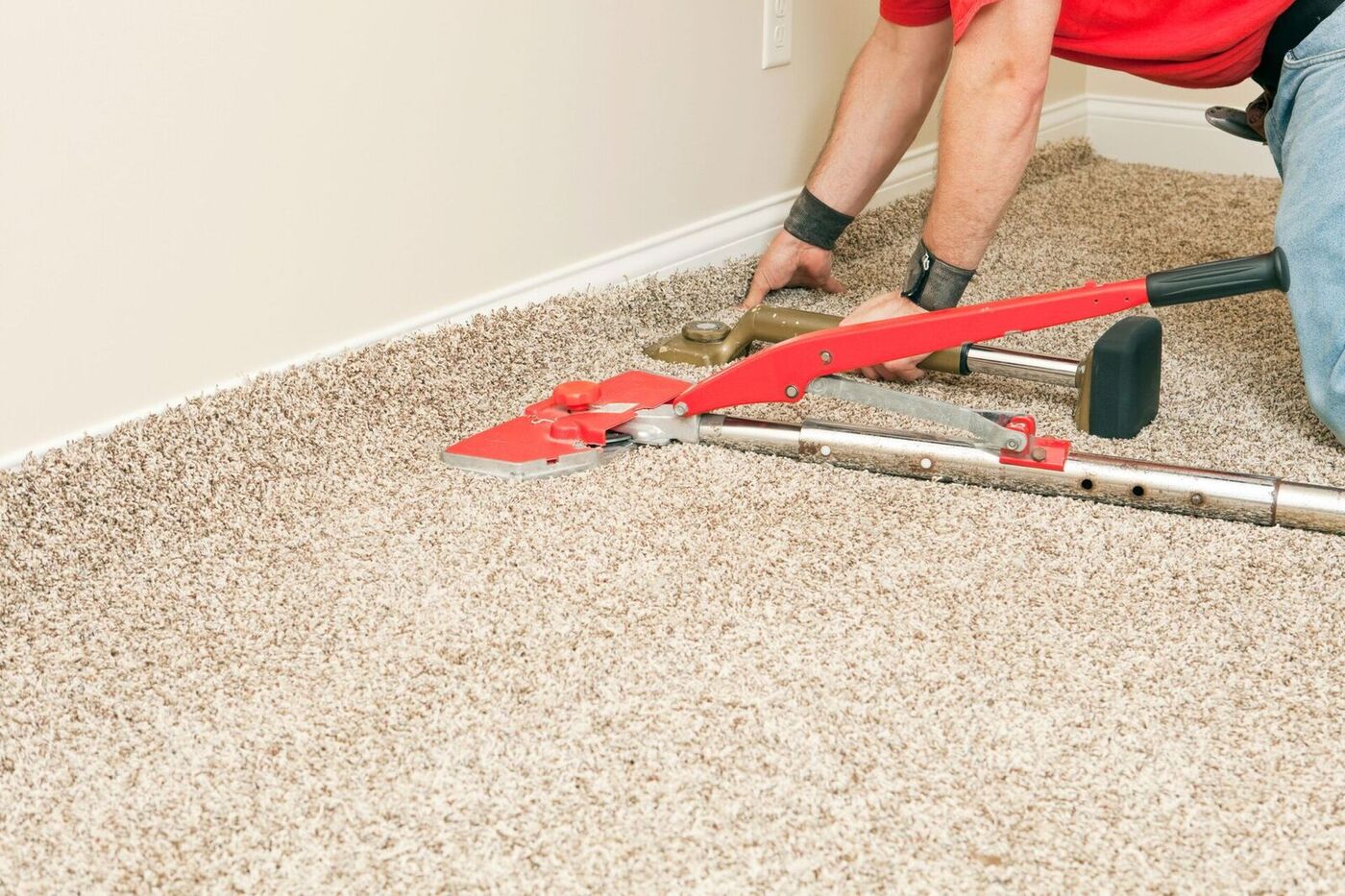
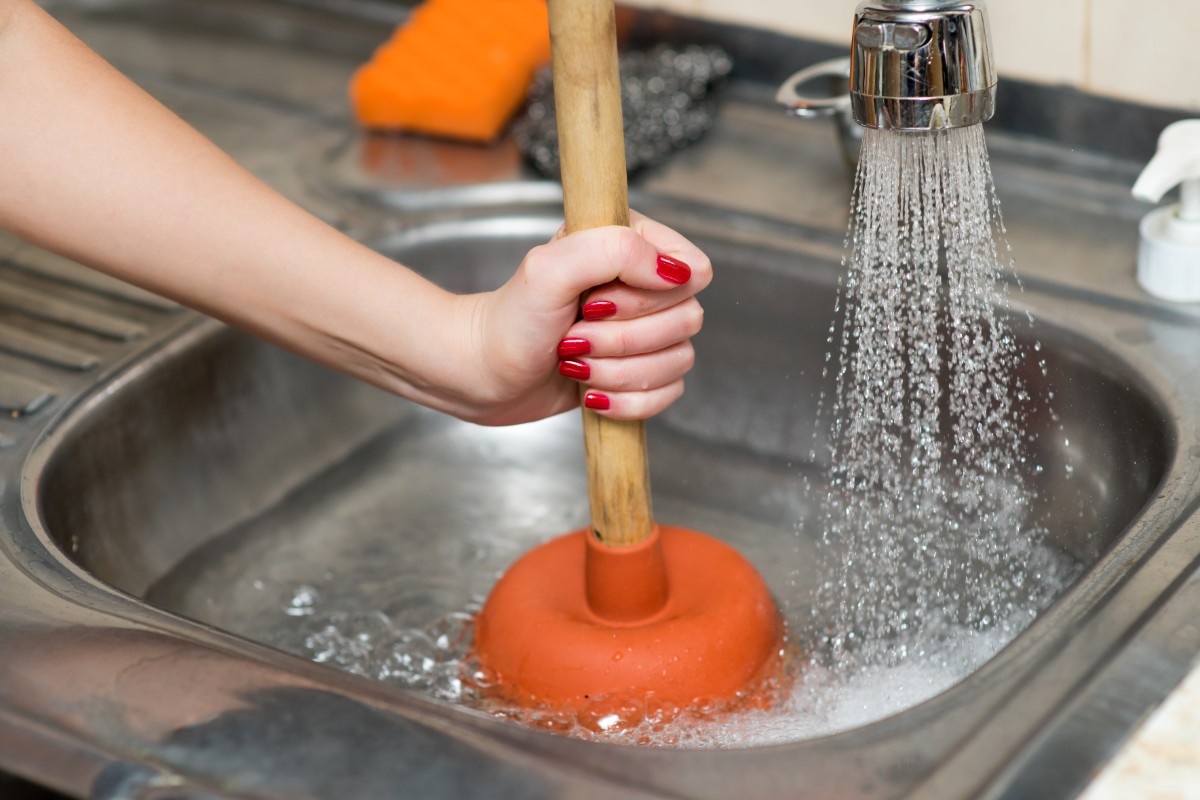
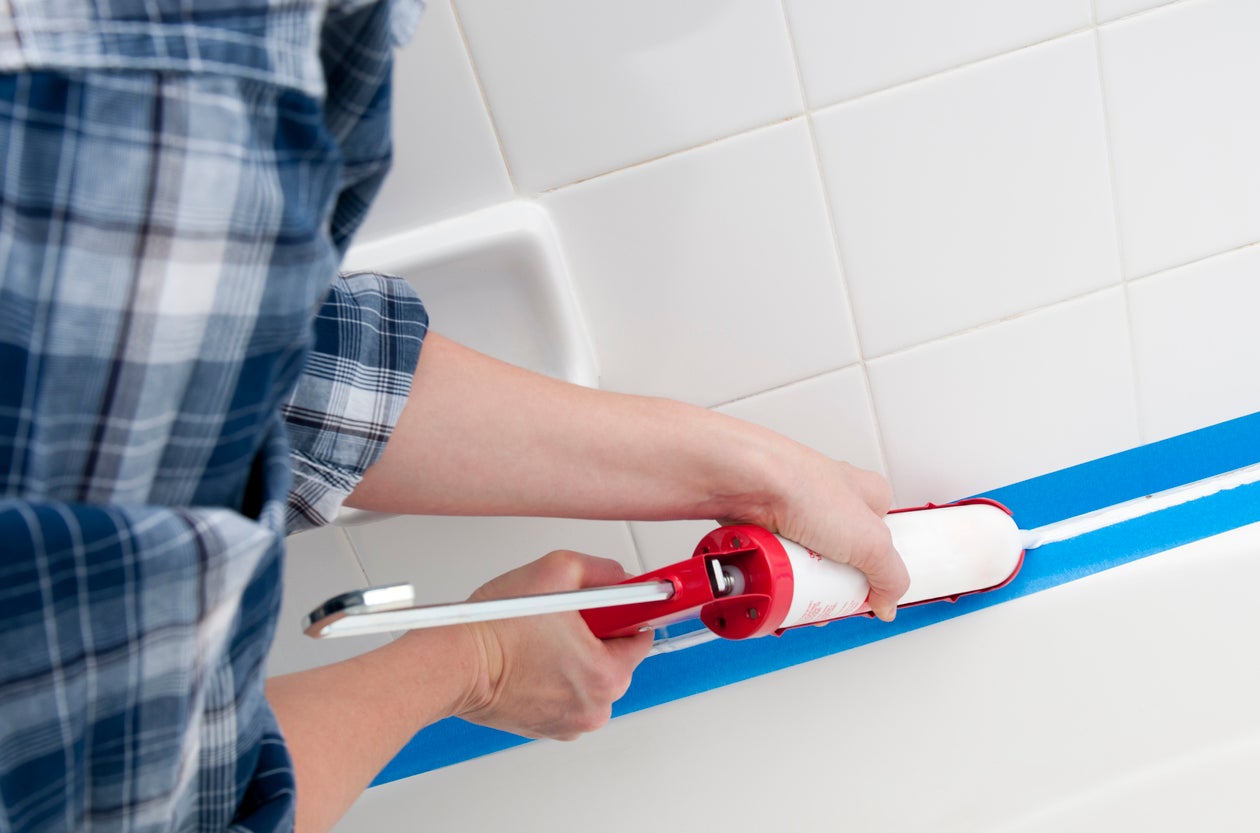
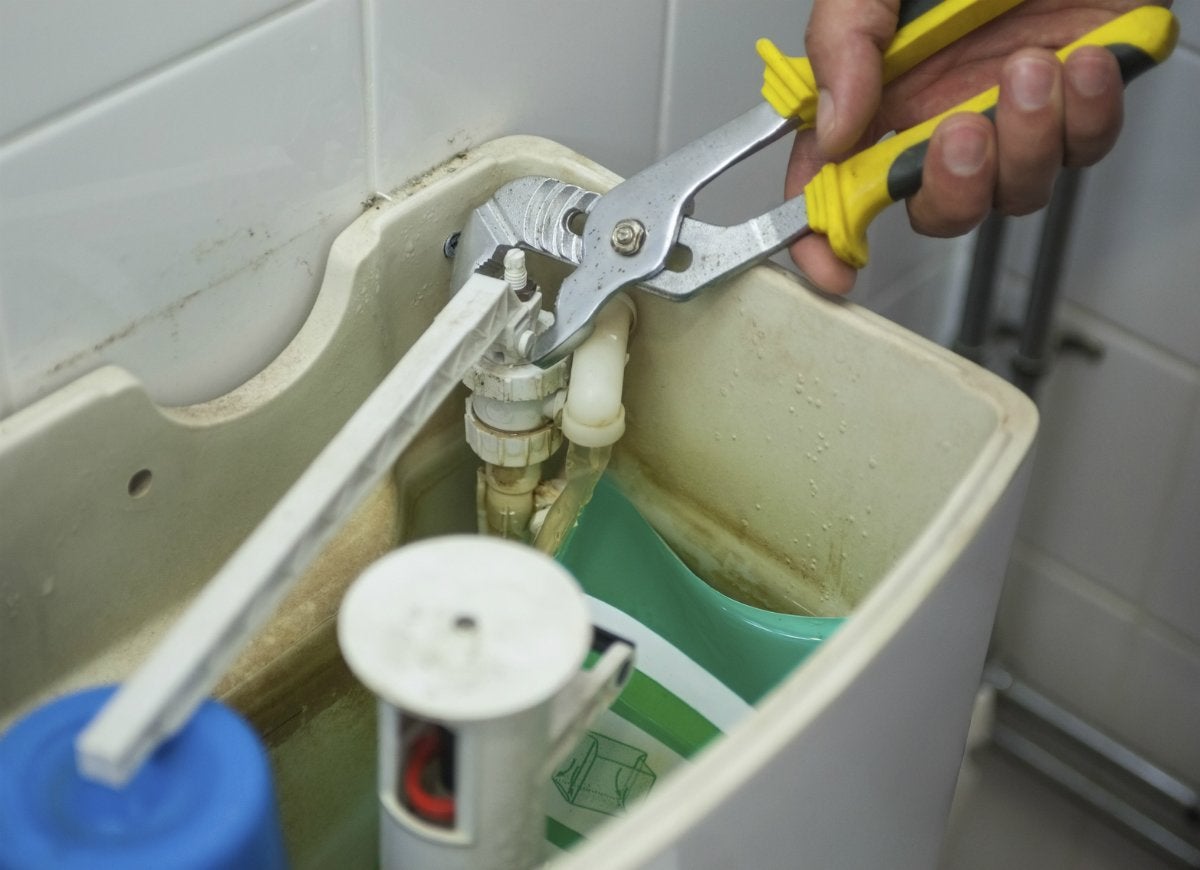
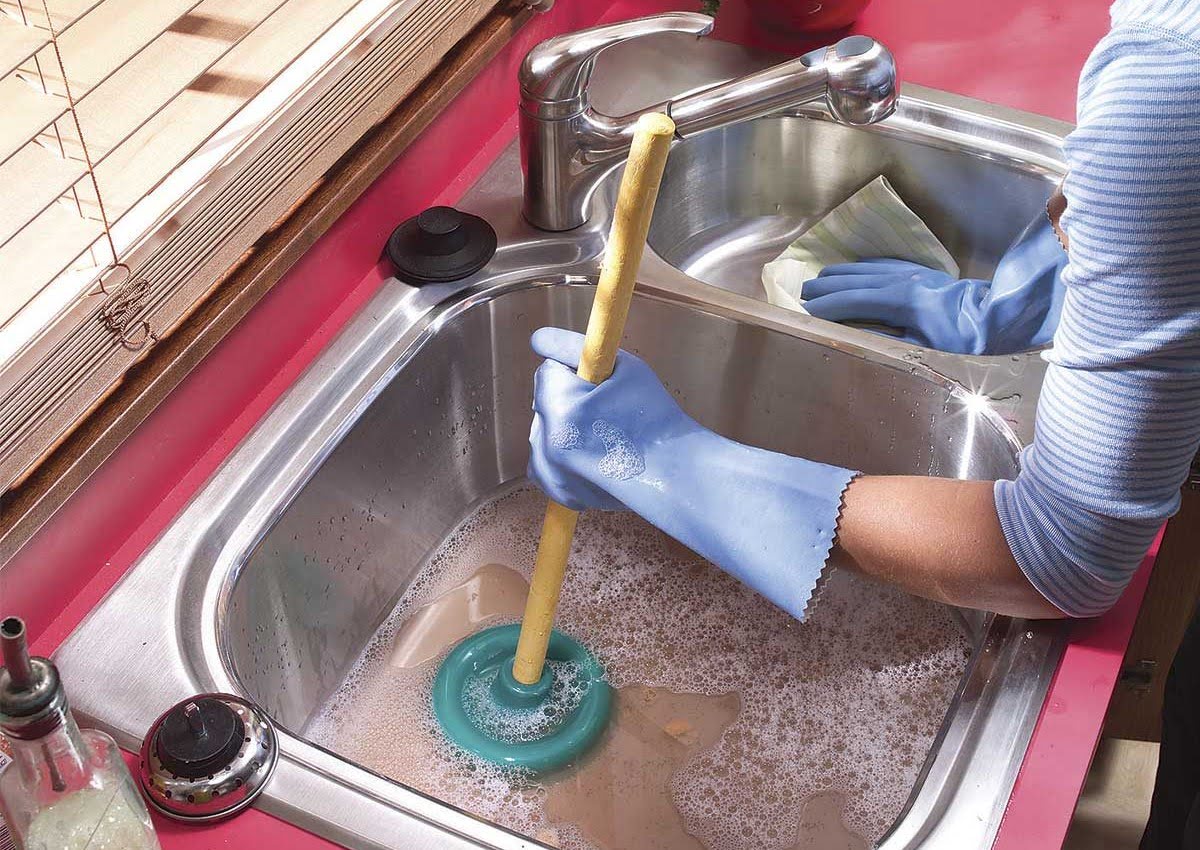

0 thoughts on “How To Unclog A Sink In Six Simple Steps”